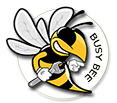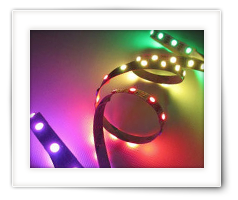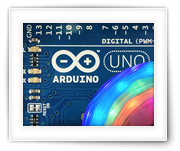If you’ve read the article I wrote a while ago “LEDStrip effects for NeoPixel and FastLED“, then you might have noticed quite a few requests to combine all these effects in one single sketch.
I have seen some users come up with some nice examples, but the challenge remained (for me): how do I instantly toggle from effect to another?
Well, today I’ll have such a sketch available for you; it allows you toggle between effects with a simple switch.
Ad Blocking Detected Please consider disabling your ad blocker for our website.
We rely on these ads to be able to run our website.
You can of course support us in other ways (see Support Us on the left).
For those who have read the article “Arduino – Controlling a WS2812 LED strand with NeoPixel or FastLED” might have gotten infected by urge to get more effects, after all … some of these LEDStrip effects look pretty slick!
With the holiday coming up real soon, I figured this would be a great opportunity to create and post some cool effects for your LED strips. Maybe you can be your own Griswold (National Lampoon’s Christmas Vacation) with these! 
You’ve got to check out the Fire effect with toilet paper – looks pretty cool!
Please read the article Arduino – Controlling a WS2812 LED first, as it will show you some of the basics.
Also note that you’re invited to post your own effects or ideas in the comment section or in the Arduino/WS2811/WS2812 – Share you lighting effects and patterns here … forum topic.
The main reason why I bought my first Arduino board was to be able to play with LED strips with applications like BobLight and LightPack that offer colored backlighting to your TV comparable to what Philips offers with it’s beautiful AmbiLight TV’s.
I like really Philips, and I like Ambilight, so why not buy a Philips AmbiLight TV?
Well, pretty simple … first of all Philips does not carry 80″ AmbiLight enabled TV’s, smaller models are significantly more expensive than non-AmbiLight models, and it appears that these AmbiLight TV’s are hard to find in the US.
In this article we will be using an Arduino Uno connected to a strip of WS2812/WS2811 LEDs.


